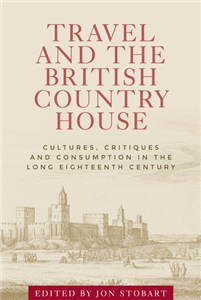Unfolding Irish landscapes
Tim Robinson, culture and environment
by Derek Gladwin, Christine Cusick
An unprecedented compilation of critical and creative essays and visual texts from leading international scholars, Unfolding Irish landscapes presents cross-disciplinary studies of the prose, cartography, visual art and cultural legacy of the award-winning work of cartographer and writer Tim Robinson. This book explores the process in which Robinson has addressed the historical and geographical tensions that suffuse the landscapes of Ireland. Robinson's distinctive methods of map-making and topographical writing capture the geographical and cultural consciousness of not only Ireland, but also of the entire North Atlantic archipelago. Through both topographic prose and cartography Robinson undertakes one of the greatest explorations of the Irish landscape by a single person in recent history, paralleling, if not surpassing, Robert Lloyd Praeger's extensive catalogue of writings and natural histories of western Ireland. ;























